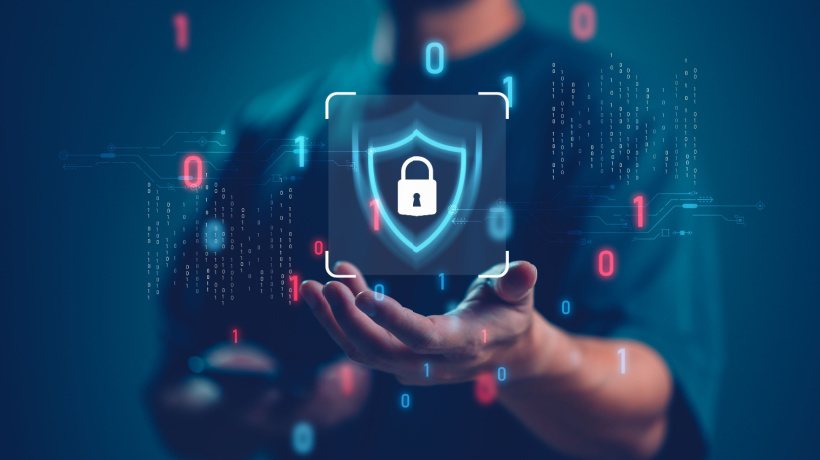How To Scale Your Business Growth
Having a strong cybersecurity presence is important for business growth, but not all companies are aware of how to do this. There are various risks, such as social engineering, third-party risk, and privileged access management, that you need to be aware of.
Cybersecurity Risks eLearning Businesses Need To Be Aware Of
1. Privileged Access Management
Managing privileged access is a major component of a layered approach to security. Privileged access management allows organizations to enforce least privilege access and establish complete authority over high-value assets. It can help organizations meet compliance requirements, reduce operational costs, and improve situational awareness throughout the enterprise.
In today's business environment, secure access to systems and data is critical. It also requires a reliable authentication process. Without this, users can access company data that is sensitive and potentially vulnerable to misuse. This can also compromise system reliability. Privileged access management solutions can be implemented to reduce the likelihood of security breaches and human error. They can be deployed to automate the privileged access process, record user activities, and increase visibility and accountability.
Privileged access management solutions also reduce the risks of insider threats. They help companies meet compliance requirements by tracking user activities and enabling companies to identify suspicious activity quickly. These solutions can also reduce risk and improve resilience against focused cyber threats [1].
2. Social Engineering
Using a variety of techniques, a social engineer can manipulate an individual into divulging confidential information. This information can be used for personal gain or for a criminal's benefit. A social engineering attack can be as simple as sending an email or as complex as a voice call. In the case of an email, a social engineer can impersonate someone from the target organization, asking the person to perform an unusual action. They can also use social media to gather personal information.
A social engineer can use this information to launch a successful attack. They can access systems using passwords that they have collected. They can also plant malware. These attacks can be difficult to prevent, but with some self-awareness and education, you can protect yourself from social engineering attacks [2]. The first step in an attack's lifecycle is information gathering. The attacker collects background information about the target, attempting to craft a story that will convince the target to act on the request.
3. Impact Of A Data Breach On Brand
Using the right data breach management strategy, your company can protect itself from the negative consequences of a data breach [3]. This includes customer trust, revenue, and overall brand value. However, how much damage can a data breach actually cause? And how long will it take your brand to recover?
The Ponemon Institute and IBM recently released their 2018 "Cost of a Data Breach" study. This report looks at the cost of a data breach, including lost revenue, diminished trust in vendors, and diminished trust of partners. Although the most expensive part of a data breach is losing or stealing customer information, the company's ability to acquire customers and retain them is also affected.
The Ponemon Institute's study found that 65% of consumers have lost trust in a company after a data breach. The study also found that stock prices drop by about 5% the day a data breach is disclosed. A data breach is also the source of a lot of media attention. Some consumers may be wary of a company after a data breach, and many will decide to avoid it altogether.
4. Third-Party Risk
Managing third-party risk is becoming increasingly important for businesses. There are many reasons why it is a critical part of the business world today. In addition to the risks it presents, it also helps organizations meet regulatory requirements. However, it can be difficult to stay on top of all the changes that occur in regulation.
The goal of third-party risk management is to assess the risks of each relationship and prioritize them according to their likelihood. Once the risks are determined, companies can determine how to best manage them. Some of the key elements include safety procedures, ethical business practices, and environmental and governance considerations.
Third-party risk management should be done throughout the lifecycle of the relationship. This can be done through ongoing monitoring and evaluation. Companies should also conduct regular due diligence to identify new risks [4]. These risks can include subpar referrals, customer complaints, and cybersecurity breaches. Gartner provides research and tools to help companies identify and mitigate third-party risk. The research identifies good practices and areas of weakness across industries.
References:
[1] Ways To Protect Mobile Applications Against Cyber Threats
[2] Techniques of Social Engineering Attacks, Examples and Safety
[3] 5 Ways To Protect Your Company Data From Hackers
[4] 5 Cybersecurity Aspects to Consider for Your Organization for a Safer 2021









